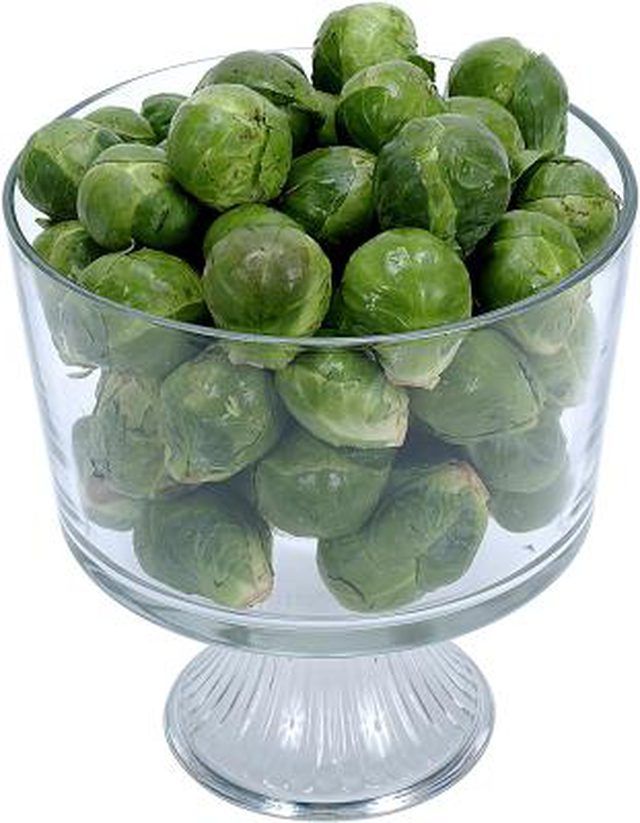Bulbs
Flower Basics
Flower Beds & Specialty Gardens
Flower Garden
Garden Furniture
Garden Gnomes
Garden Seeds
Garden Sheds
Garden Statues
Garden Tools & Supplies
Gardening Basics
Green & Organic
Groundcovers & Vines
Growing Annuals
Growing Basil
Growing Beans
Growing Berries
Growing Blueberries
Growing Cactus
Growing Corn
Growing Cotton
Growing Edibles
Growing Flowers
Growing Garlic
Growing Grapes
Growing Grass
Growing Herbs
Growing Jasmine
Growing Mint
Growing Mushrooms
Orchids
Growing Peanuts
Growing Perennials
Growing Plants
Growing Rosemary
Growing Roses
Growing Strawberries
Growing Sunflowers
Growing Thyme
Growing Tomatoes
Growing Tulips
Growing Vegetables
Herb Basics
Herb Garden
Indoor Growing
Landscaping Basics
Landscaping Patios
Landscaping Plants
Landscaping Shrubs
Landscaping Trees
Landscaping Walks & Pathways
Lawn Basics
Lawn Maintenance
Lawn Mowers
Lawn Ornaments
Lawn Planting
Lawn Tools
Outdoor Growing
Overall Landscape Planning
Pests, Weeds & Problems
Plant Basics
Rock Garden
Rose Garden
Shrubs
Soil
Specialty Gardens
Trees
Vegetable Garden
Yard Maintenance
How to Control Bugs on Brussel Sprouts
How to Control Bugs on Brussel Sprouts. The types of bugs plaguing Brussels sprouts include cabbage root fly, caterpillars, aphids, flea beetles, Harlequin bugs, cabbage loopers, diamond back moths, imported cabbage worms, cutworms, cabbage maggots, thrips and web worms. Aphids are particularly difficult to manage and are controlled by starting...

The types of bugs plaguing Brussels sprouts include cabbage root fly, caterpillars, aphids, flea beetles, Harlequin bugs, cabbage loopers, diamond back moths, imported cabbage worms, cutworms, cabbage maggots, thrips and web worms. Aphids are particularly difficult to manage and are controlled by starting early with a very strict control program.
Things You'll Need
Brussels sprout plants
Companion plants
Insecticidal soap
Neem-oil based pesticides
Aluminum foil
Parasitic wasps
Garden fabric
Bacillus thuringiensis insecticide
Spray equipment
Plant marigolds or tagetes with Brussels sprouts. Companion planting controls pests and works by attracting beneficial insects that feed on the aphids, such as ladybirds and certain types of flies. Turnip, kale or mustard plants attract beneficial insects that feed on harlequin bugs.
Apply insecticides early in the season when the risk of killing beneficial insects is lower. Wash the leaves weekly with insecticidal, fatty-acid soaps according to recommended dosages, and then rinse the plants with a strong stream of water, and spray with organic pesticide containing neem oil. Repeat this weekly as the effects of the soap and the neem oil only last for a day or two. (Refs 4)
Place a layer of aluminum foil underneath the plants. This reflects light against the leavesí undersides, heating them and making it uncomfortable for the bugs.
Introduce parasitic wasps. These insects lay eggs inside the aphids, killing the aphids, forming brown, crusty case called a mummy. Once mummies start appearing on the plants, the aphids remaining time is short-lived. The wasp also parasitizes the diamond back moths, killing a large percentage of them.
Spreading garden fabric or floating row covers over the Brussels sprouts deters flea beetles, which are tiny beetles that jump like fleas. Regular hoeing keeps the soil around the plants clear of eggs and larvae. This also offers protection for the plants against cabbageworms.
Kill cabbageworms and loopers with a biological insecticide called Bacillus thuringiensis, also called Bt, which is sold under different brand names. Spray the plants with Bt from the time you transplant them until ready for harvest.